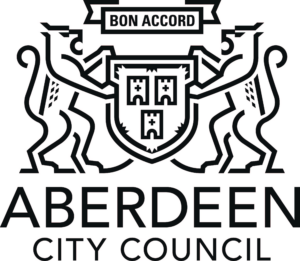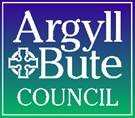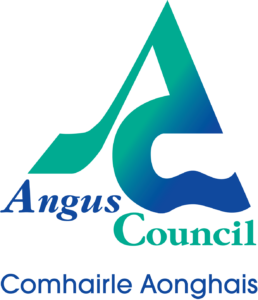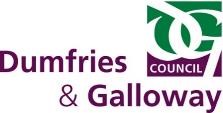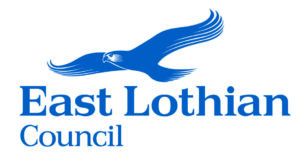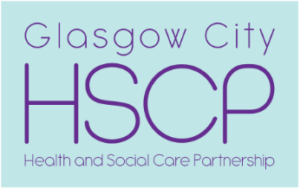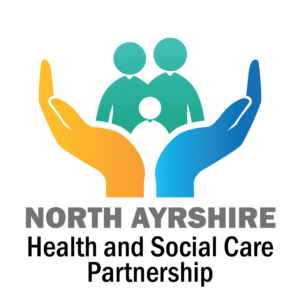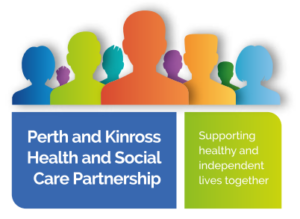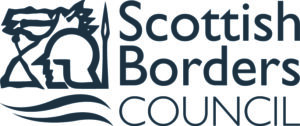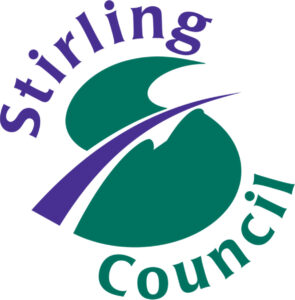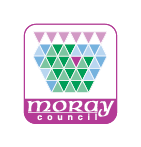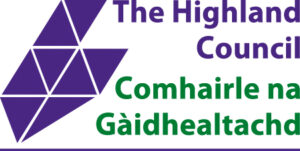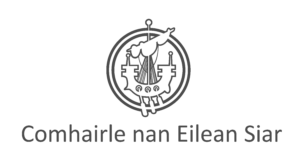Introduction and Context:
Social Work Scotland is the professional body for social work leaders, working closely with our partners to shape policy and practice and improve the quality and experience of social services. We welcome this opportunity to comment on the Scottish Government’s refresh of the statutory guidance relating to assessment of wellbeing of children.
Social Work Scotland is a strong supporter of the Getting it Right for Every Child framework (GIRFEC). Scotland has embedded GIRFEC and this refresh of the guidance to strengthen alignment to UNCRC and developments in strength-based language is timeous and appropriate. We note that this statutory consultation follows a stakeholder consultation on a refresh of the non-statutory practice areas of guidance and we reference aspects of our earlier response in our comments on this consultation.
Consultation Questions:
1) How clear and easy is the guidance to understand?
Completely Mostly Somewhat A little Not at all
The guidance follows a logical course and the strong emphasis on a foundation of rights is clear. There is perhaps too much repetition of this throughout the document, which may detract slightly from the initial impact in the introduction, and the focus of the later sections.
The majority of the guidance is clear. The section on welfare and wellbeing, however, is confusing, and arguable detracts from the earlier rights focus.
While recognising that the term ‘welfare’ remains in some legislation, in practice the term no longer features because of the embedding in practice of the GIRFEC approach. Practitioners recognise that any welfare issue is about a child or young person’s wellbeing and even were technically undertaking a welfare assessment e.g. under Part 11 of the 2014 Act, practitioners do this within the framework of GIRFEC and the wellbeing indicators. To attempt to introduce and distinguish between welfare and wellbeing and consider welfare a sub section of wellbeing creates a confusion that in our experience currently does not exist. Practitioners understand that even where protective or compulsory measures of care are indicated, this is about a child’s wellbeing.
We therefore suggest a simplification of this section to note that in some areas of legislation the term ‘welfare’ remains, but that in line with GIRFEC, any reference to welfare should be considered in the context of the definition and practical application of wellbeing and the wellbeing indicators. Reference in particular to the continuum within which child protection rests as a dynamic assessment of need is crucial to understanding aspects of harm. Linking terminology between the new Child Protection Guidance and this document is helpful.
Specific Comments:
- We note that the guidance continues to refer to the wellbeing indicators as ‘SHANARRI’ indicators. Social Work Scotland noted in our response to the practice guidance that thinking has progressed since the initial development of this acronym, with a conscious move away from abbreviations. Feedback from young people to our members is that they dislike abbreviations, as this leads to lack of understanding and a resultant sense of exclusion from discussion and decisions. This also links to the language work stream raised by the Promise. Practitioners have worked hard not to refer to ‘SHANARRI’ and to speak instead about the ‘wellbeing indicators’ and we would strongly recommend that to underline the rights basis of the guidance and to encourage and model inclusion, this approach is encouraged and the abbreviation is not used in the refresh GIRFEC documents.
- Section 5.1 emphasises the UNCRC already noted in earlier parts of the guidance. We suggest that the intention of the paragraph could be more accessible and easily understood for practitioners eg ‘when considering children’s wellbeing this should always be undertaken in a rights based and holistic manner and alongside the child and their family. The GIRFEC principles reflect this and along with the wellbeing indicators are adaptable to individual circumstances and needs’. Additional reference to consideration of the importance of balanced assessment would also strengthen this section. Strengths-based assessment practice enables a rights-based approach, balancing a child’s right to family life alongside the right to protection from harm. The quality of multi-agency dynamic assessment alongside a family is fundamental to being mindful of the very difficult balance that professionals are required to consider.
- In the section on Wellbeing (Section 6.3) clarity would be enhanced by specifically linking this to the resilience matrix, and noting that this is the tool which will assist practitioners in identifying strengths and challenges, and assessing what, if any, additional support is required. This is central to the national practice model, providing a framework for going beyond identification of strength and challenge to understanding need.
2) With regard to the assessment of wellbeing, within the overall GIRFEC approach, does the guidance make practitioners’ roles and responsibilities clear?
Completely Mostly Somewhat A little Not at all
Roles and responsibilities are appropriately outlined in more detail within the non-statutory practice guidance. The wellbeing statutory guidance helpfully notes the range of professionals who may be involved in assessment of wellbeing.
3) Are the definitions provided for the wellbeing indicators (section 6.1) clear and easy to understand?
Completely Mostly Somewhat A little Not at all
Language has progressed over the years, with a greater focus on strength-based language. This is reflected throughout the refreshed guidance, and is welcome. In the Social Work Scotland response to the practice guidance, we suggest that the refresh guidance is an opportunity to model accessible, simplified definitions which can be understood by everyone e.g ‘child’s plan – the document which tells everyone what needs to be done, why and who should do this’. We also suggest further work on explanations of the eight wellbeing indicators, some of which are not quite in keeping with the rights and strength based approach and language. As these descriptions are also contained in this statutory guidance, we repeat our earlier comments here.
- Safe. This is defined in a deficit manner and only in relation to abuse or neglect. Being safe is more than protection from neglect and abuse, but a positive nurturing environment. We suggest ‘growing up in an environment where they feel secure and nurtured and enabled to develop to their full potential. This includes freedom from abuse or neglect’
- Nurture. In defining nurture the word ‘nurture’ is used twice. Definition of nurture is not easy, as it is a ‘felt rather than telt’ word. We offer as an alternative ‘growing, developing and being cared for in an environment which provides the physical and emotional security and warmth necessary for healthy growth and to develop resilience and a positive identity’
- Respected. This should specifically include that the child’s voice is listened to
- Responsible. This definition does not include why being responsible is important. Possible alternative – Enabled to take an active role in their development at home, in school and in the community through managed risk taking and accountability, which enables growth in to a responsible and reliable citizens
- Included. We consider that this is not about having help, but about being encouraged and able to belong and be a part of their family, school and chosen community
Related to this point, 6.4 refers to ‘learning impairment’. We applaud the emphasis and inclusion of attention to underlining that communication needs should not be a barrier to participation. However, this feels like quite a negative term though we appreciate it may be technically accurate. Might the term ‘learning needs’ be more in keeping with the strength based approach to the refreshed guidance?
4) To what extent do you think that the guidance will help practitioners understand how to embed the United Nations Convention on the Rights of the Child, and to protect, respect and uphold children’s rights within the assessment of wellbeing?
Completely Mostly Somewhat A little Not at all
The guidance clearly sets the guidance in the context of UNCRC
5) Can you outline anything specific that would be helpful to add to this guidance to assist the assessment of wellbeing?
Links to the practice guidance would be useful in the introduction
Part 7.2 states that ‘any assessment should be carried out in partnership with the child and family where they are involved in decision-making.’ We contend that the principles of UNCRC and GIRFEC are that a child and their family should always be involved in the assessment and decision-making process. This should be the emphasis of the section on assessment, with a brief note outlining the few rare circumstances where this may not be appropriate
Section 6.6 refers to socio-economic status. We like the context of this section, and bringing in to focus that children can thrive in different situations and that adversity or challenge in their living context does not necessarily result in impact on their wellbeing. The inclusion of socio-economic status though sits slightly uncomfortably with Social Work Scotland. We recognise and support the intent to encourage awareness of the fact that we often respond in a different manner where someone has a different economic status, and it is right that the guidance challenges this, and provides context for avoiding such scenarios. We wonder if a slight change in phraseology would avoid any potential issues ‘They must therefore be respectful of and responsive to the child and family environment, including lifestyle and experience, education, culture and beliefs, and communication and learning capacity’
As with the practice guidance, we do not find the easy read version easy to follow. The language remains complex, and not all of the pictures are easily understandable. We suggest discussion with professions such as Speech and Language Therapy, and with young people to work together in developing a version that meets this purpose. Social Work Scotland would welcome further discussion in this area.
6) Are there any areas where the further development of resources or guidance would be helpful in supporting the assessment of wellbeing
The inclusion of the section on the wellbeing of groups of children is useful. We suggest that framing this in a community planning context and responsibility for improving the wellbeing of the whole child population would strengthen the message. This would enable a focus on the wellbeing of specific groups by using aggregated data to inform targeting of resources to geographical areas and specific populations of need, and including identification of where an early intervention focus is necessary. It may also assist in avoiding any unintentional drift in to categorising children into groups rather than focusing on need.
Additional detail on how requirements for plans under other current of future related legislation such as that related to young carers or Additional Support for Learning should be coordinated to ensure one overarching child’s plan would be welcomed by practitioners and managers.
Similarly, reference to management and coordination of plans in areas that overlap with adult services would aid practitioner’s e.g. Adults Support and Protection and transition plans, with appropriate links.

